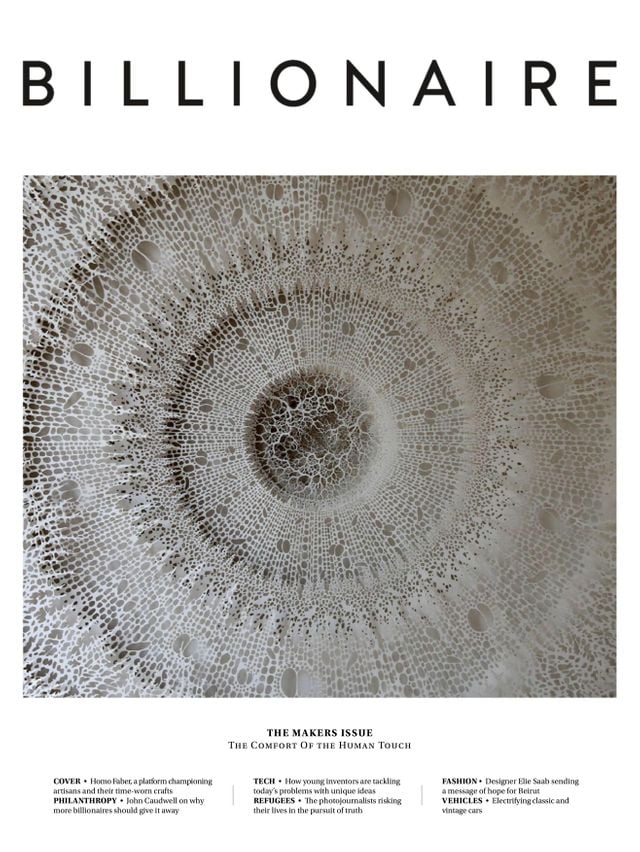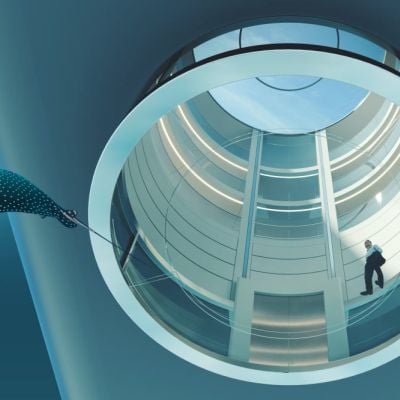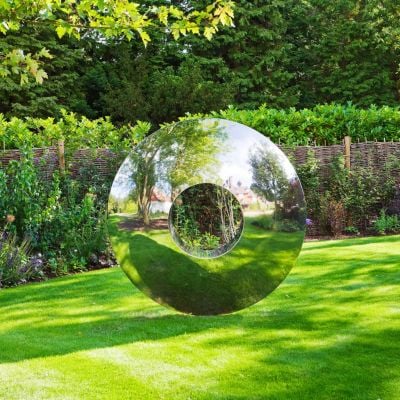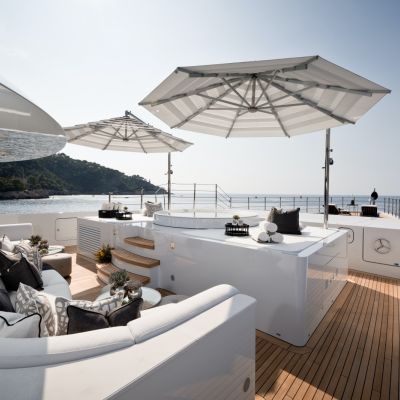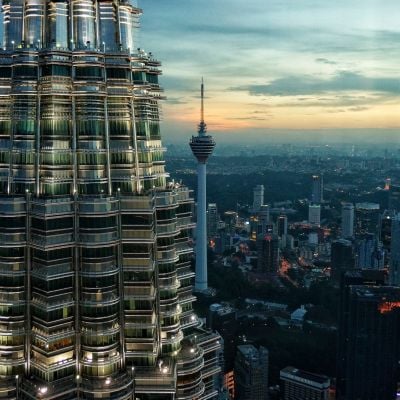Homo Faber: Living Treasures
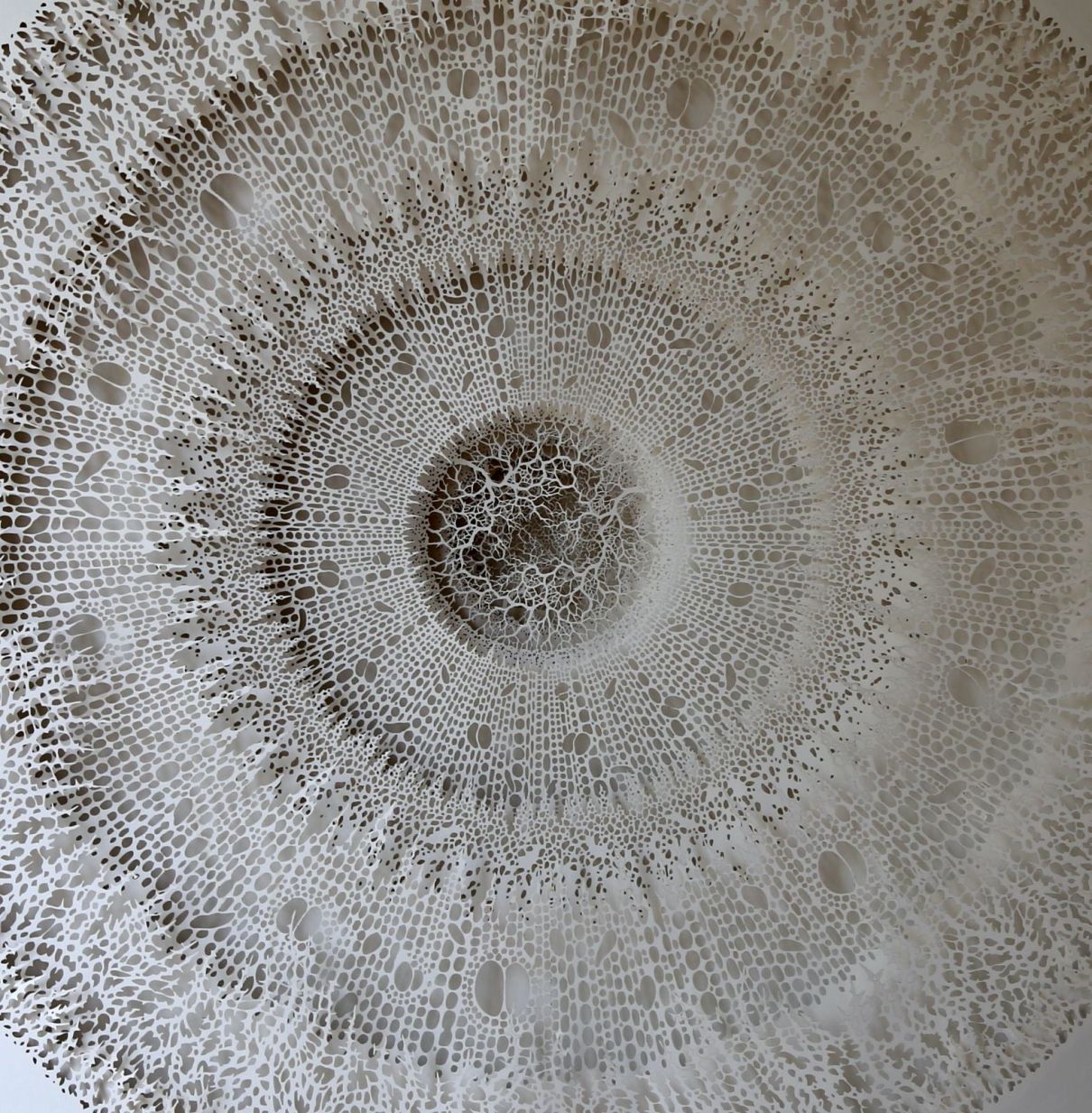
Homo Faber returns to Venice to celebrate the world of craftmanship.
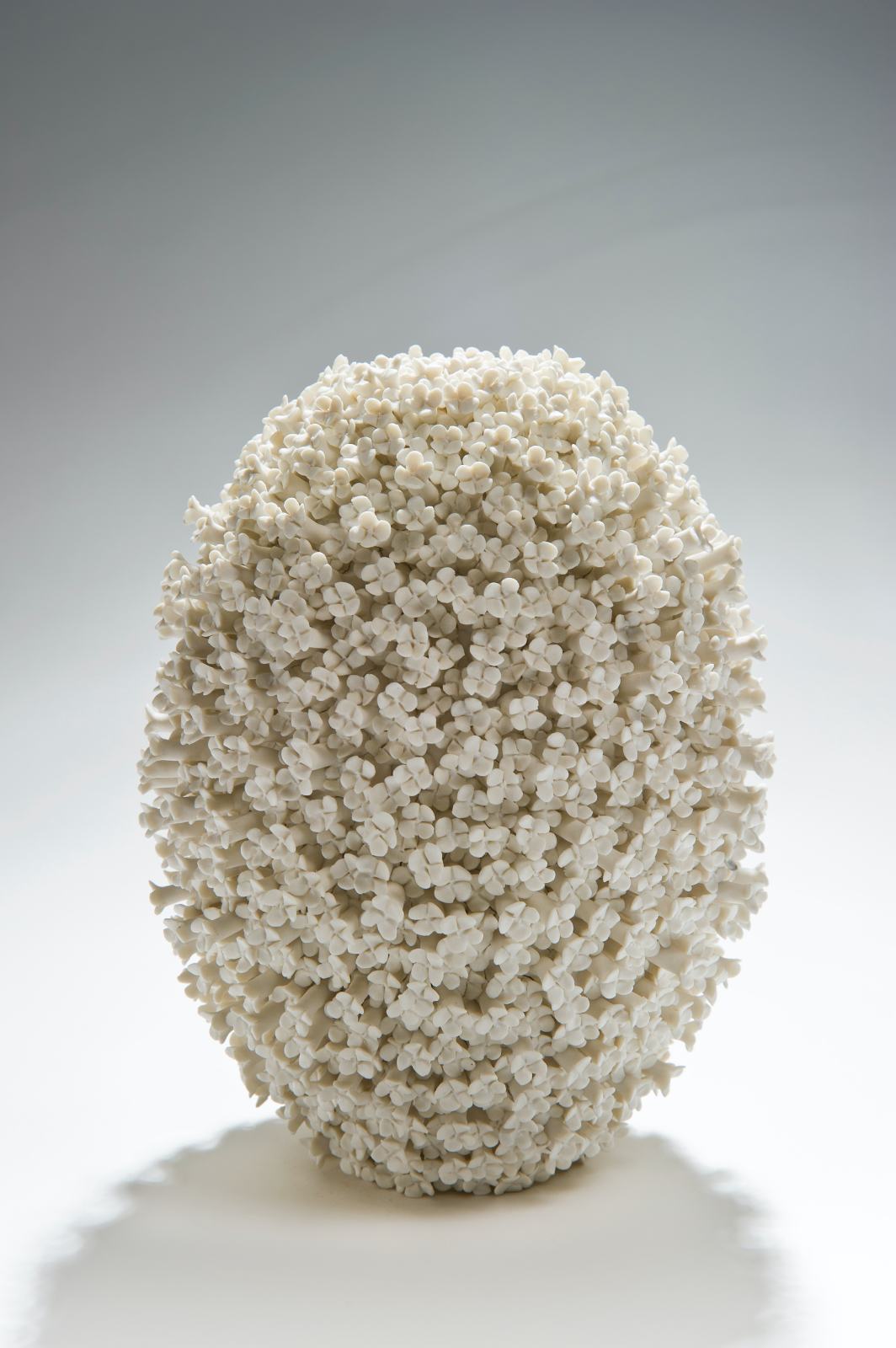
As the creative world descends on Venice this month for the 59th Art Biennale, another deeply cultural event is taking place in the Italian city; Homo Faber. Until 1 May 2022, Homo Faber (Latin for ‘man the maker’) is showing in Venice with a renewed ambition of celebrating craftsmanship. Building up on the success of the event initiated by the Michelangelo Foundation in 2018, this new edition will showcase living treasures from Europe and Japan.
Alberto Cavalli, executive director of Homo Faber, gives us a preview of the much-awaited event.
What were your conclusions after the first edition of Homo Faber?
When we were asked to put together this exhibition at the Giorgio Cini Foundation, we drew inspiration from the building itself. We imagined a succession of spaces curated by world-acknowledged specialists, each with a specific vision. It was a huge success. We expected 20,000 visitors; we had 62,000. I saw a sparkle in their eyes that comes only from encountering something or someone that touches your heart. Our greatest achievement was a sense that we had launched a movement. This dynamic had already started with our network of institutions, but with Homo Faber we reached a large audience.
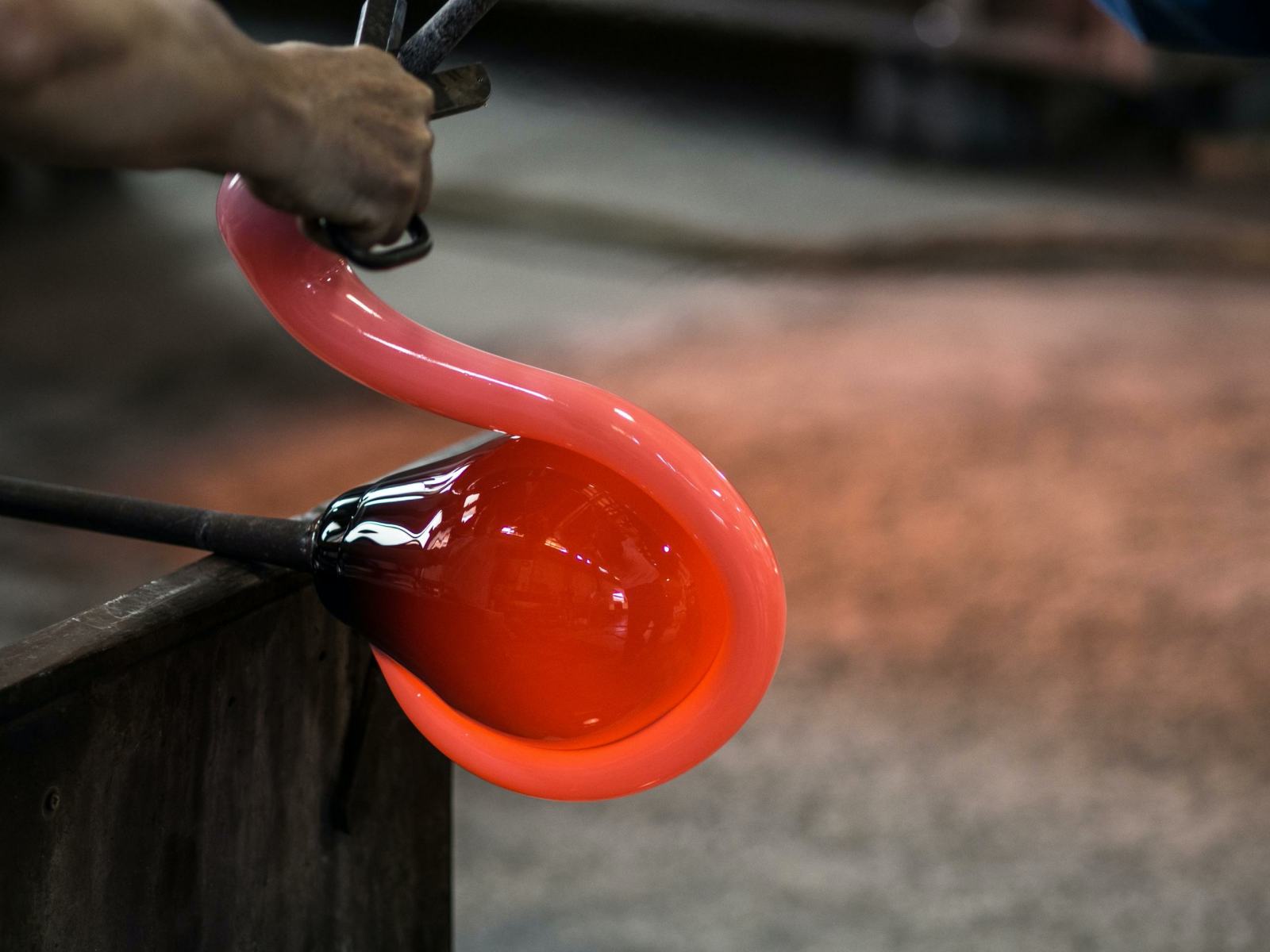
The second edition, due in 2020, was postponed because of the pandemic. What are your intentions for this new edition?
We wanted to strike a balance between familiar and new. The principle of curated spaces remained, but there will be new contributors, including Bob Wilson, Sebastian Herkner and David Caméo. As well as showing European craftsmanship, we are introducing Japan as a guest of honour. Two spaces in the foundation that remained closed for decades have been restored and will reopen for Homo Faber. One has been assigned to Michele De Lucchi who is presenting Magnae Chartae, an exhibition dedicated to paper and calligraphy. The other is the old craft school, a building from the 1950s that will be the venue for Genealogies of Ornament, an exhibition curated by Judith Clark. Artisans from 15 luxury maisons will be at work, testifying to the ornamentation process from creative ideas to precious objects.
You have borrowed the notion of ‘living treasure’ from Japanese culture. Can you explain its significance?
A law was passed in Japan in 1950 through which individuals holding an intangible know-how were named National Living Treasures. One of the first acts of parliament in a country hit by two atomic bombs was to protect its very soul, encapsulated in human beings who epitomised tradition. A treasure is something normally hidden, which brings value to a territory and to those who discover it. We love the idea of hosting 12 Japanese National Living Treasures for everyone to see. With works on display crafted by 350 designers and artisans from over 30 countries, visitors will be encouraged to look around for Europe’s own living treasures.
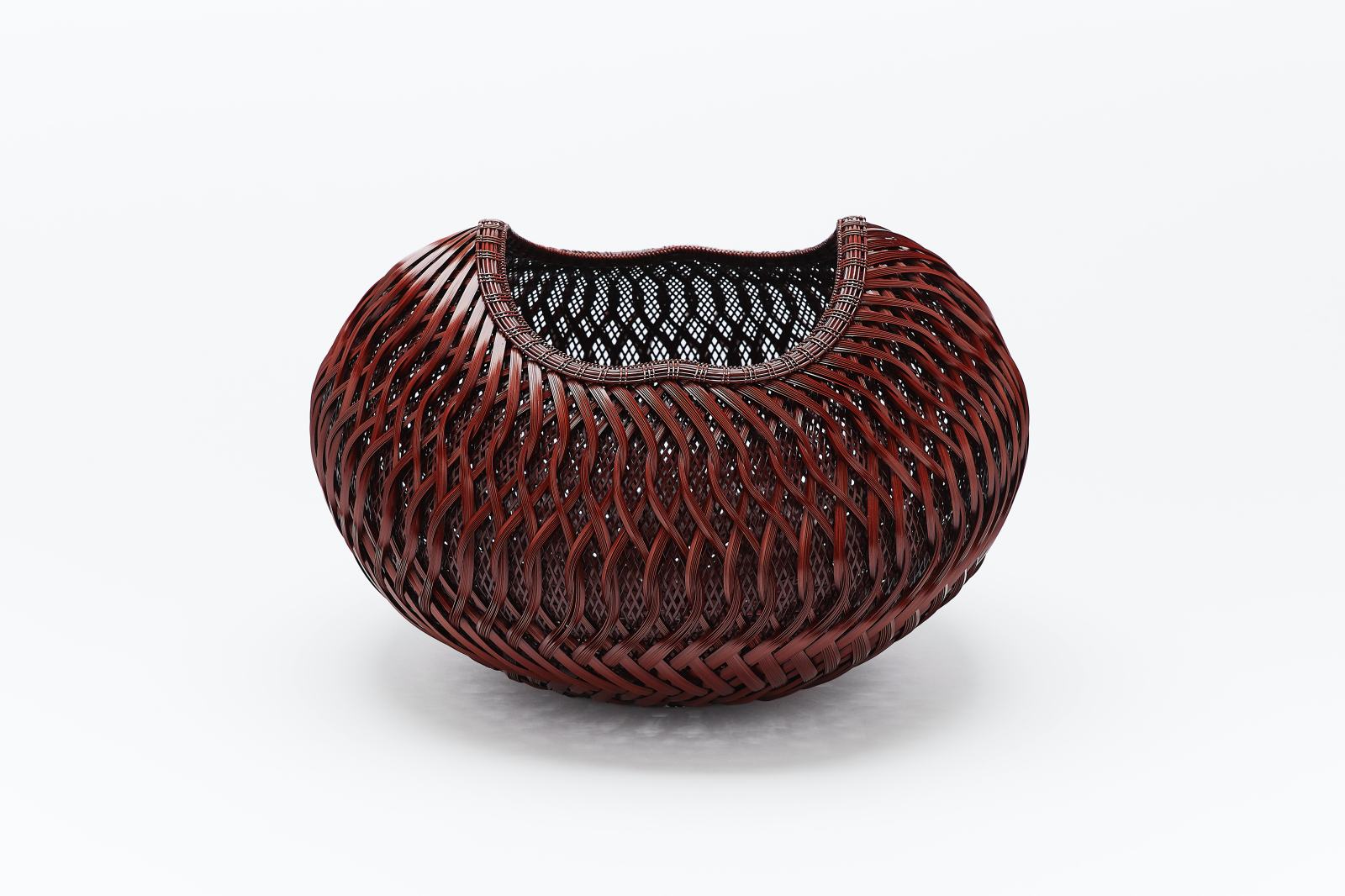
Some of the objects displayed will be for use, as in the Japanese tea room, while others will be shown in the making. Can you comment on this distinctive aspect of the event?
Wherever possible we have invited master artisans to work and meet the public. Many of the techniques they perpetuate are mysterious. Observing them contributes to developing an appreciation and nourishing a sense of wonder. There will be artisans at work in some of the rooms in the foundation, moreover the vitality of craft in Venice will be asserted through Homo Faber in Città, an itinerary encompassing 60 workshops and galleries. It will be a unique way to experience the city, focusing on its identify and encouraging a more sustainable approach.
Site-specific installations will embrace tradition and innovation. Can you tell us about them?
Several projects commissioned for Homo Faber will demonstrate the ways in which a new generation of designers and artisans are breaking new ground while revisiting a rich artistic heritage. Tracing Venice for instance will present decorative panels designed by the Zanellato/Bortotto studio and crafted by Italian manufacturer De Castelli, known for combining craftsmanship with advanced technologies. The project pays tribute to the beauty of St Mark’s Basilica flooring, while reflecting the erosion caused by water and time on the marble mosaics. The patterns have been transposed into metal (copper, brass and steel) presenting various textures and degrees of oxidation. The surfaces will bear witness to the fragility of Venice and the importance of preserving it.
If you were to pick one object out of the 400 presented, which one would it be?
It is impossible to choose. Upon reflection, I would say the wallpaper designed by Michele De Lucchi and executed by members of the San Patrignano community who are drug addicts in rehab. These young people have taken their lives into their hands and developed skills that make them free. This wallpaper is witness to the transformative power of craft.
https://www.homofaber.com
This article originally appeared in Billionaire's Maker's Issue, Spring 2022. To subscribe click here.

